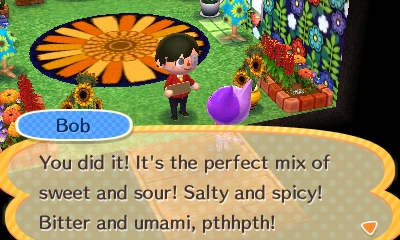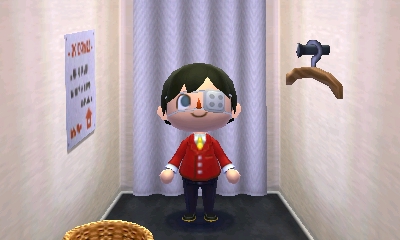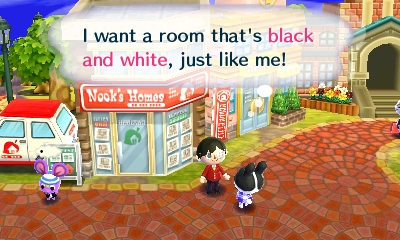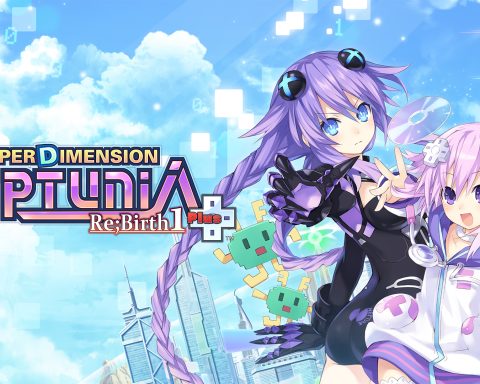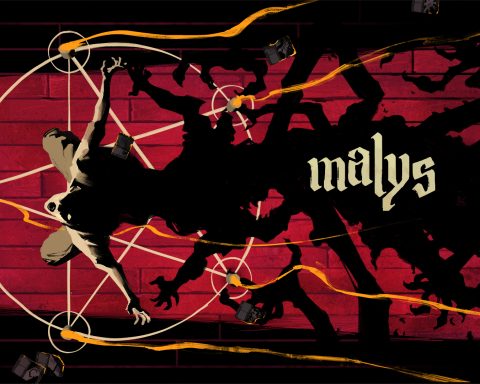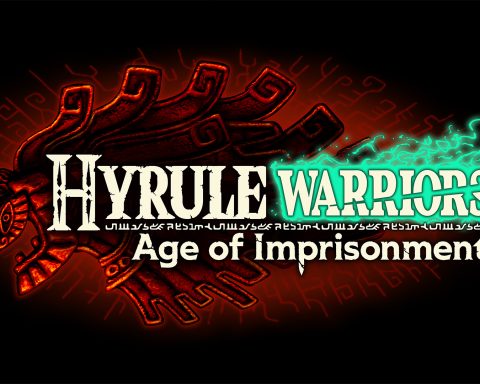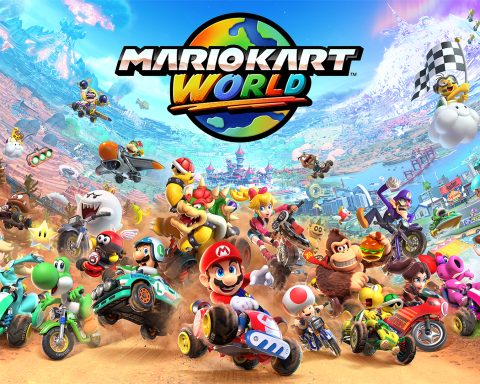Ever since it was first unveiled, Animal Crossing: Happy Home Designer has been castigated by a vocal crowd and endured the label “placeholder spin-off”. Frankly, the paranoia that led to this reputation is justified. After all, boiling Animal Crossing, a sandbox game with an obscene degree of freedom, down to one activity already omnipresent in every prior game is a recipe for undermining the appeal of the series. Yet through that peculiar brand of Nintendo magic, the company has found a way to make Happy Home Designer feel like not just an distinctly “Animal Crossing” experience but the next big thing in its own right.
As the title implies, the game isn’t a follow-up to 2013’s stellar Animal Crossing: New Leaf but a companion title of sorts. That game thrust players into the role of town mayor but granted them all the requisite liberties of the unwaged; political duties always played second fiddle to the personal whimsy the franchise is known for. In Happy Home Designer, you’re foremost a designer and if you’re not happy with it, you’d best go home.
– Clark A.
Anime Editor


